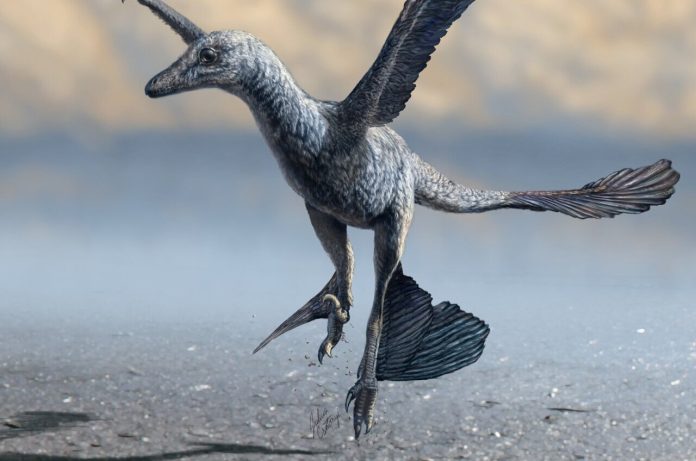A new study has revealed that small, feathered dinosaurs used their wings to achieve speeds previously thought impossible without flight. This discovery, made by an international team of scientists including McGill Biology Professor Hans Larsson, offers fresh insights into the evolution of bird flight. The research, published in The Proceedings of the National Academy of Sciences (PNAS), shows that wings were used for locomotion before true flight emerged.
The study focused on a 106-million-year-old fossil trackway found in South Korea. It revealed that a dinosaur, roughly the size of a sparrow, employed a “flap-running” technique to reach high speeds. This technique, where the wings assist running rather than flying, challenges traditional views on the linear evolution of flight.
According to Professor Larsson, “With this new find, we’ve demonstrated that these really tiny, feathered dinosaurs were using their wings for a kind of locomotion only seen in birds today.” The study suggests that wing-assisted running played a significant role in the mobility of these ancient creatures, showing that the ancestors of birds were already using their wings in complex ways before mastering flight.
The research was led by Alex Dececchi from Dakota State University and Michael Pittman from The Chinese University of Hong Kong, with contributions from researchers in South Korea and the United States. Their findings not only reshape our understanding of how flight evolved but also offer valuable insights into the biomechanics of extinct species, illuminating how ground-dwelling dinosaurs transitioned to becoming flight-capable birds.















